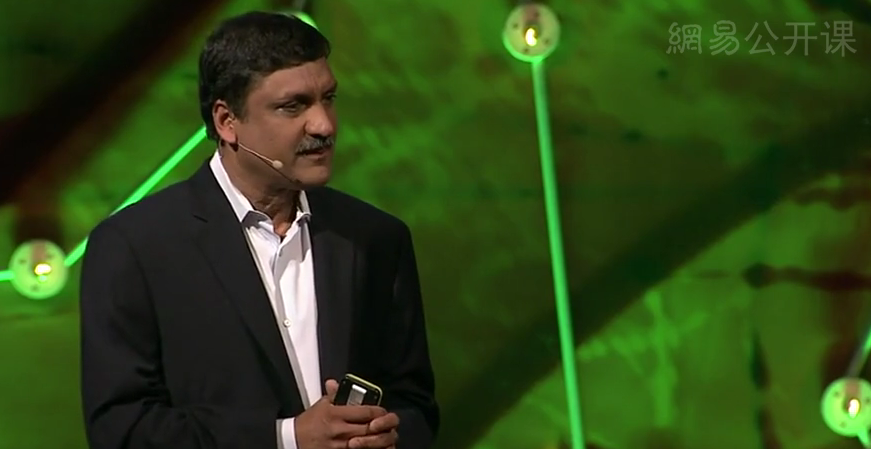So at edX and a number of other organizations, we are applying these technologies to education through MOOCs to really increase access to education.
所以在edX网站和一些其他的组织我们将这些技术应用于教育通过MOOCs,真正增加人们受教育的机会。
And you heard of this example, where, when we launched our very first course
大家应听说过这个事例,当时我们推出了第一档课程,
and this was an MIT-hard circuits and electronics course -- about a year and a half ago, 155,000 students from 162 countries enrolled in this course.
麻省理工学院的电路与电子技术课程,大约一年半以前,来自162个国家的155,000名学生注册了这档课程。
And we had no marketing budget. Now, 155,000 is a big number.
当时我们没有营销预算,155,000是个大数目。
This number is bigger than the total number of alumni of MIT in its 150-year history.
这个数字大于麻省理工学院150年前建校以来的校友总数。
7,200 students passed the course, and this was a hard course. 7,200 is also a big number.
7,200学生通过了这个课程,而且这个课程很难,7,200也是个大数目。

If I were to teach at MIT two semesters every year, I would have to teach for 40 years before I could teach this many students.
如果我在麻省理工学院任教,每年两个学期,要40年才能教到这么多学生。
Now these large numbers are just one part of the story.
这些大数目都只是故事的一部分而已。
So today, I want to discuss a different aspect, the other side of MOOCs, take a different perspective.
所以今天,我想以一个不一样的视角讨论网络公开课的另一面。
We are taking what we develop and learn in the large and applying it in the small to the classroom, to create a blended model of learning.
我们将大量拓展和学习到的知识应用在局部,到教室里来创建混合的学习模式。
But before I go into that, let me tell you a story.
但在谈到那之前,我先讲一个故事。
When my daughter turned 13, became a teenager, she stopped speaking English, and she began speaking this new language.
我女儿满13岁时,步入少年时期,她讲的不再是英语,而是开始说这种新的语言。












